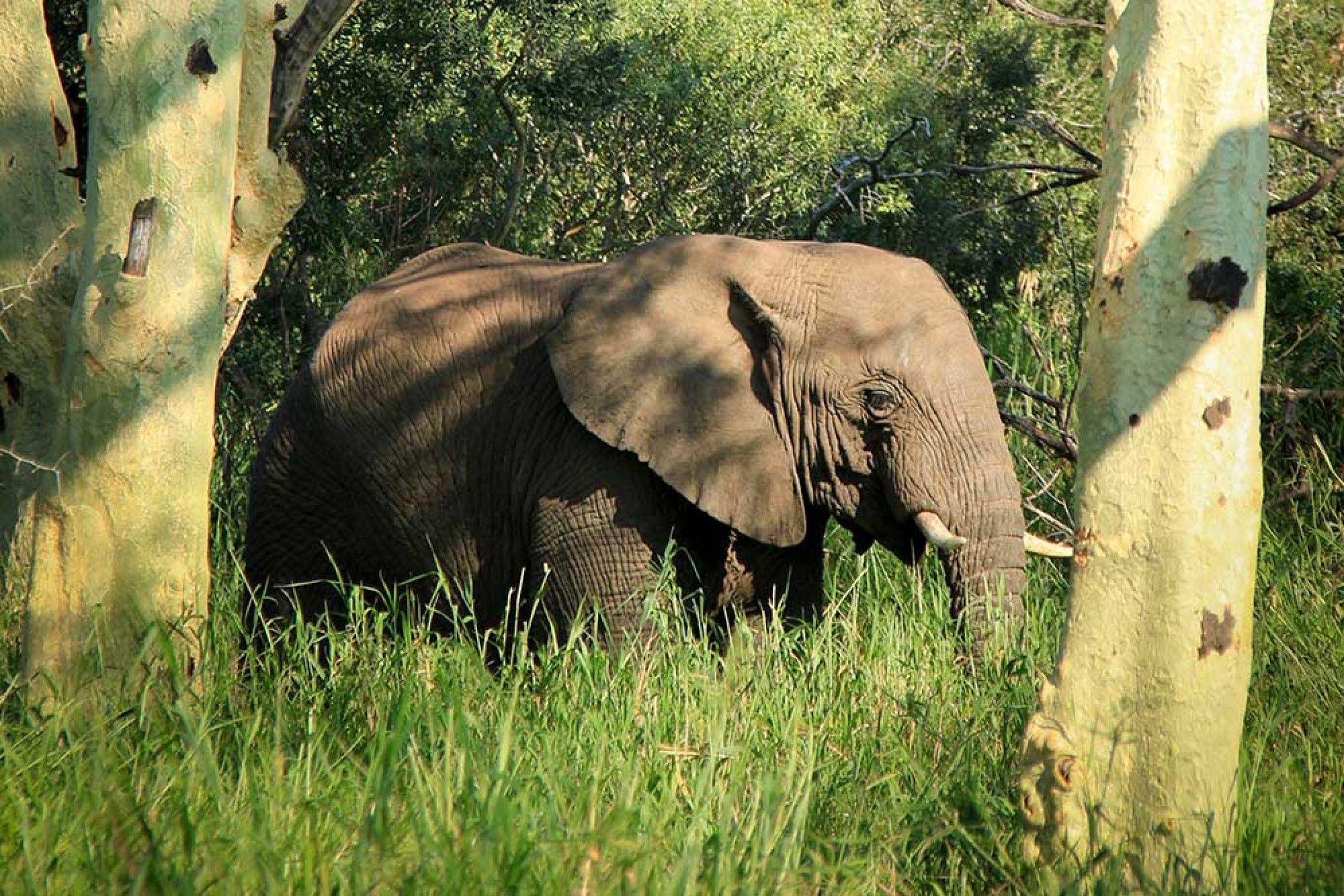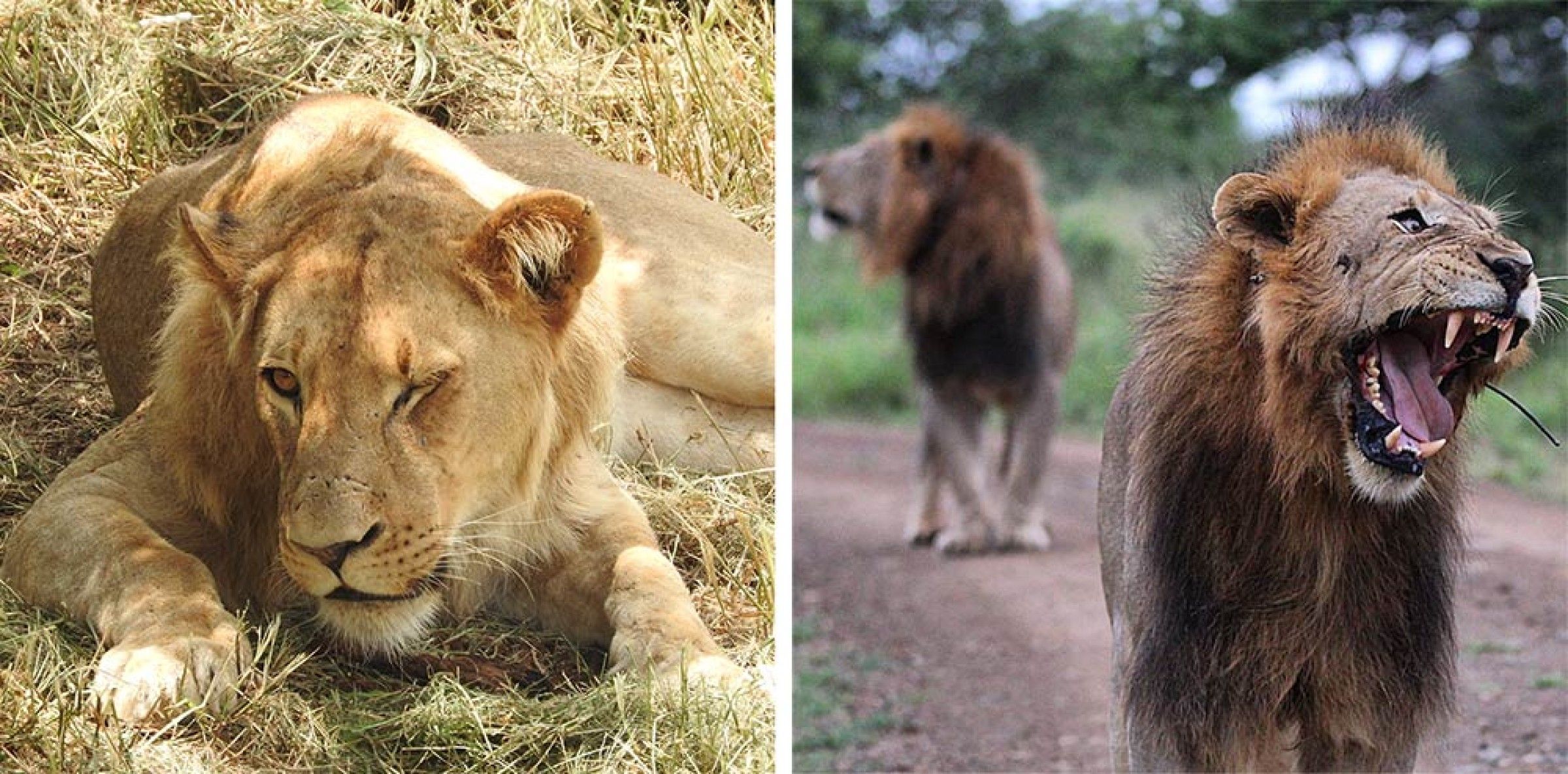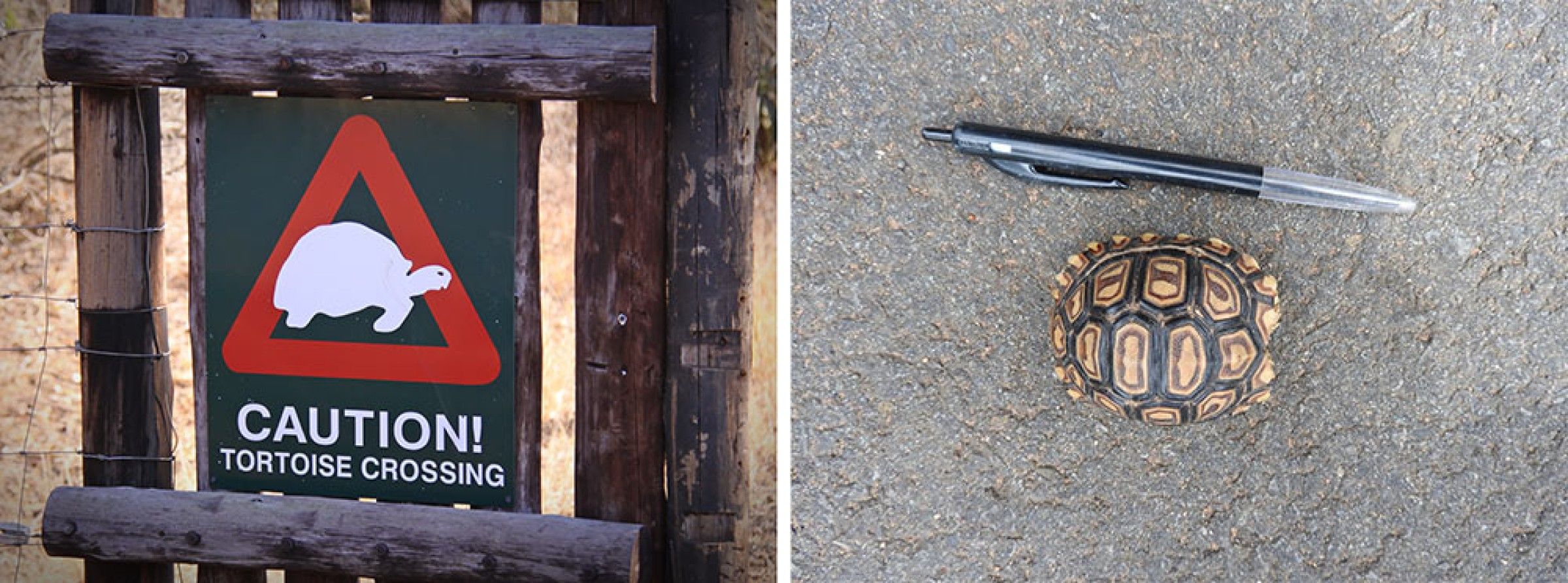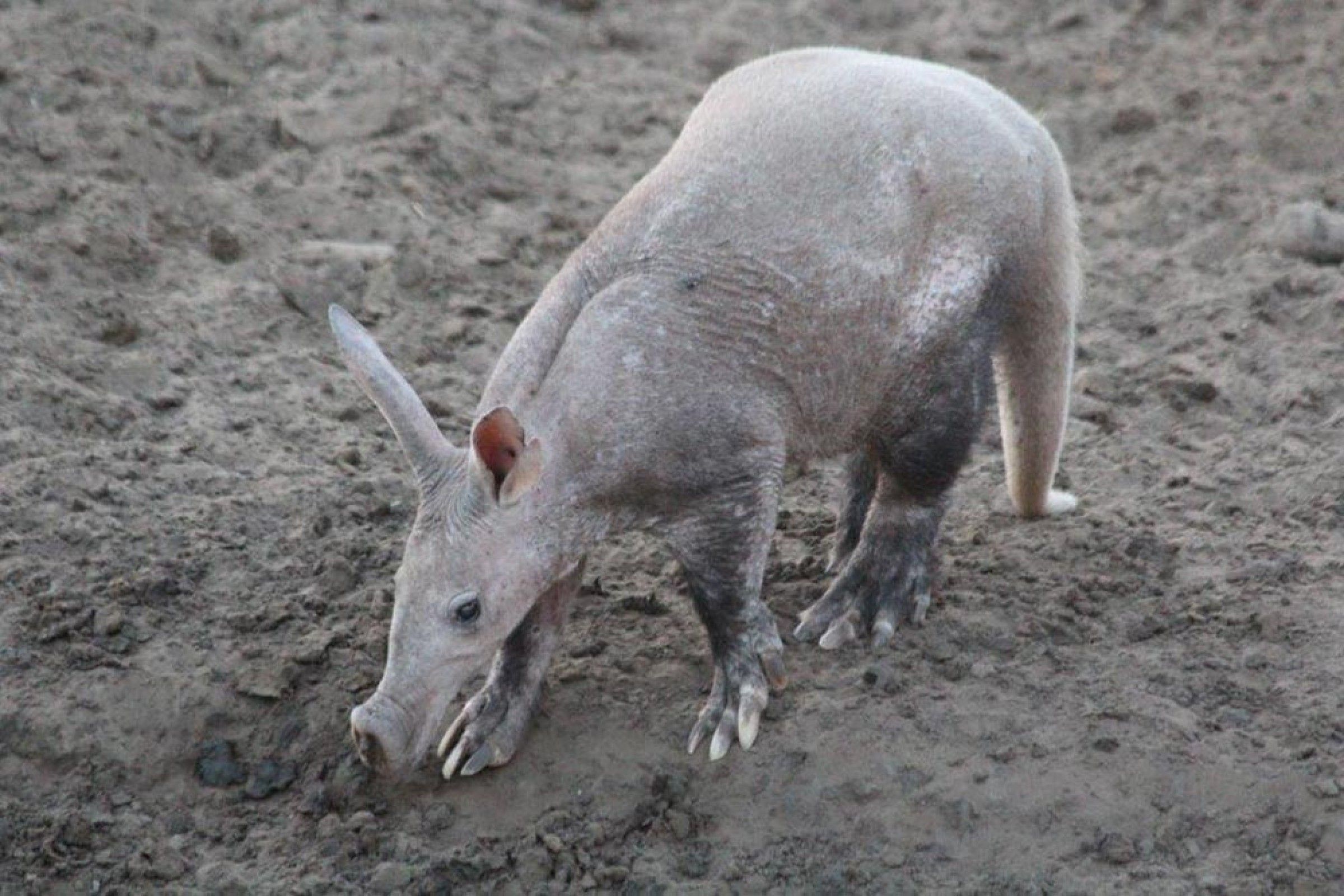
iSimangaliso’s uMkhuze – a wildlife bonanza
31 March 2019

The uMkhuze section of the iSimangaliso Wetland Park World Heritage Site is 107 years old, during which time it has been through repeated cycles of drought and plenty. One of the bleakest periods for this 38 500ha section was during the devastating drought that peaked in 2015 – and yet a visit today will reveal the truly remarkable miracle of nature enabling it to bounce back. Lush with grass tall enough to hide anything shorter than a kudu, brimming with full pans and a flowing uMkhuze River, and populated by the young offspring of a myriad species, uMkhuze is right on top of its ecological game.
For those as yet unaware of the special attributes of this jewel of iSimangaliso, we share a sample of the wildlife conservation activities and research taking place here – and why this is the best time to visit:
Lions
Top of most visitors’ wish lists is the king of the jungle, and since 2013 uMkhuze has been home to some fine specimens. Last month, two young males were brought in from the Limpopo province to join the population and strengthen the genetics, and today the lads will be released from the bomas into the freedom of the Park at large. Hopefully they won’t clash too heavily with the resident pair of Kalahari boys, who continue to thrill visitors like Andre Vorster, who photographed them recently (above right).
Wild dogs
uMkhuze is one of several reserves hosting members of the critically endangered South African wild dog metapopulation. The distinction ‘metapopulation’ (rather than a local population) is made as wild dogs are known to travel great distances inside and out of fenced reserves, and are considered as a whole. Additionally, they are carefully managed by scientists to introduce new genetic lines when interbreeding and other factors may come into play. For this reason, uMkhuze regularly introduces or exchanges individuals between other host properties.
Hyaena
Another animal that transits fenced boundaries successfully is the hyaena – and surprisingly little is known about these evocative beasts. Exciting research is underway to expand our information and assist in managing these animals, and an ongoing project undertaken by Ezemvelo KZN Wildlife has resulted in at least 56 identified individuals in uMkhuze to date. Another project focusing on carnivores is in process with the use of 250 camera traps spread evenly throughout the reserve, which should provide the most comprehensive data yet on the distribution and density of these species.
Elephants
The uMkhuze section currently has approximately 106 elephants following a donation of thirty individuals to the Zinave National Park in Mozambique last year. At the upper reaches of a sound number for the reserve’s ecological capacity (taking into consideration drought cycles), 75% of the adult females received a repeat contraceptive vaccine this month. Importantly there will still be a few individuals that can conceive, including the matriarch – so one may still see young calves in the mix.
Tortoises
uMkhuze is well known for its large tortoise population, with two species occurring here – Leopard (photographed above by Brigitte Church) and Eastern hinged. It is almost impossible to visit without seeing one or several, especially in the dry season after rain which brings them onto the tar roads to sip at water puddles. They are such important residents that they even have their own traffic sign! This year, conservation staff are reporting a higher than usual number of hatchlings, many as tiny as a matchbox – which means visitors need to be especially vigilant to avoid squashing them on the roads. A leopard tortoise may lay as many as 70 eggs per year. Tortoise eggs are known to be able to remain unhatched for a long period until conditions are favourable. The prevalence of tortoise hatchlings would therefore seem to be a very positive sign.
Rare sightings
uMkhuze is one reserve that can offer the unusual, be it a rare bird (of the 420 species recorded here), or an even more rare animal. Recent camera trap captures showed a striped polecat, and lucky visitors have seen and photographed aardvark. Recently, three separate conservation staff caught a fleeting glimpse of what they suspect was a dwarf mongoose. As yet unverified, if this proves to be true then it will be extremely exciting as the species has been recorded as locally extinct!
So when next you do a game drive, if you are fortunate to spot any of our rare or endangered species, please grab a photo and let us know.
You never know – your contribution may be the missing piece of the puzzle!
Media enquiries should be directed to Debbie Cooper at



